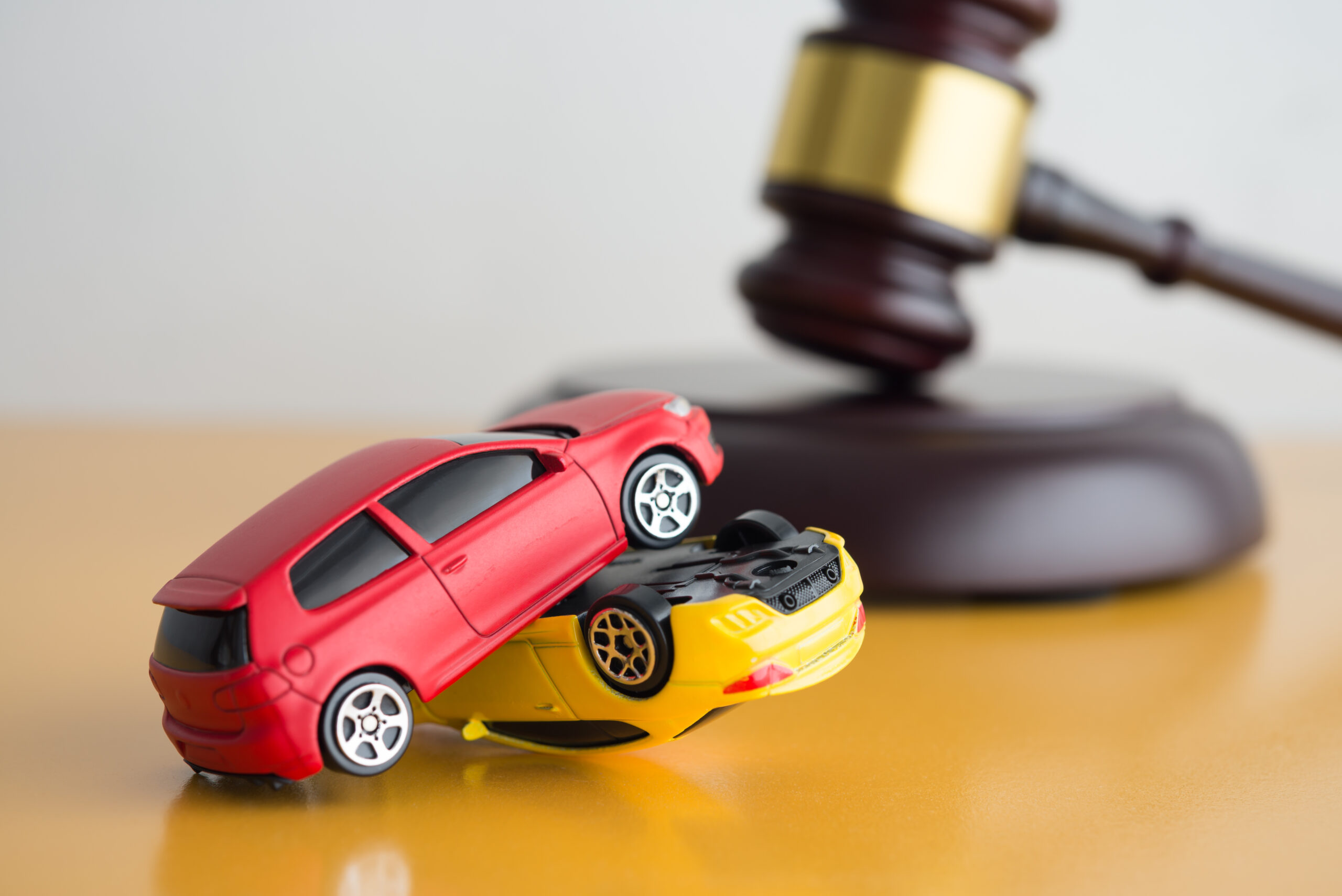Now Reading: How To Prove Fault: Essential Evidence In A Car Accident Case
-
01
How To Prove Fault: Essential Evidence In A Car Accident Case

How To Prove Fault: Essential Evidence In A Car Accident Case
Car accidents are an unfortunate reality in this fast-paced world. As roads become increasingly congested, the likelihood of becoming involved in a collision rises. When such an unfortunate incident occurs, determining who was at fault becomes crucial, especially if legal implications or insurance claims are involved. In these cases, evidence plays a crucial role in determining liability and the amount of compensation to be recovered from the at-fault party.
This article delves into the pivotal evidence required to establish fault in a car accident case.
Understanding The Basics Of Fault Determination
In legal terms, ‘fault’ refers to actions, or the lack thereof, that cause an accident. It can be straightforward in some scenarios but murky in others, depending on various circumstantial factors. Several factors can contribute to a car accident, including:
- Driver error, such as distracted driving, speeding, and driving under the influence of alcohol or drugs;
- Vehicle defects, such as faulty brakes and defective tires;
- Road conditions, such as potholes and debris in the road;
- Weather conditions, such as rain, snow, and fog.
Therefore, if you’re involved in the car accident case, having a foundational understanding of fault and its nuances can be instrumental in asserting your legal position.
Essential Evidence To Establish Fault
Now that you understand the basics of fault determination, the next step is to familiarize yourself with the essential evidence necessary to establish fault. To determine fault effectively, several types of evidence come into play. These include:
- Police Reports
A police report is a comprehensive assessment of the accident scene by law enforcement professionals. It includes vital details such as the location, potential causes, and sometimes even an initial determination of fault.
Police reports provide an authoritative perspective and can significantly influence the outcome of the fault debate. These can also be used to corroborate witness testimony and other evidence and help insurance companies and other parties determine who is responsible for the car collision.
- Witness Statements
Witnesses offer a third-party perspective, devoid of the personal biases of those directly involved in the accident. Their accounts can provide clarity, verify or dispute claims, and shed light on overlooked details. However, obtaining these statements promptly is essential, as human memory can be fickle and prone to distortions.
- Photographic And Video Evidence
Visual evidence serves as an unalterable record of post-accident scenarios. With technology at our fingertips, capturing crucial moments, vehicle positions, road conditions, and weather can be invaluable. Such evidence offers a tangible recreation of the accident scene, which can help determine and prove fault.
- Vehicle Damage Assessment
A vehicle’s damage can narrate the story of its collision. By assessing the location and severity of the damage, you can deduce aspects like speed, direction, and potential actions or inactions of the drivers. This mechanical narration can be pivotal in fault discussions, especially in determining the extent of liability of the at-fault party/parties.
- Expert Testimonies
Expert testimonies are specialized insights from professionals well-versed in accident dynamics. For example, experts like accident reconstructionists can recreate the crash using available evidence, while mechanical engineers can pinpoint vehicle malfunctions or defects. Their objective analyses add a layer of technical credibility to fault claims.
- Medical Reports
Injuries, their type, severity, and the area affected can all provide insights into the collision’s dynamics. For instance, a whiplash injury might indicate a rear-end collision. Timely and thorough medical evaluations ensure the well-being of the injured party and act as substantial evidence in fault determinations.
Moreover, medical reports provide documentation of the injuries sustained by the victims of the accident and the medical treatment they received. This information can be used to establish the severity of the injuries and the impact they have had on your life.
- Traffic Law Violations
Legal infractions, like speeding or DUI, directly implicate fault. For instance, if the other driver is found to have violated a traffic law, it may be evidence that they were negligent and, therefore, at fault for the accident. Evidence of such violations, whether through police reports, traffic cameras, or other means, can firmly establish a party’s responsibility for the accident’s causation.
The Role Of Comparative And Contributory Fault
Legal systems and insurance protocols often factor in shared fault scenarios. Under these systems, both parties’ actions are scrutinized, and fault percentages are assigned. For example, if one driver was speeding, but the other failed to signal, both might share the blame. Solid evidence becomes even more crucial in such nuanced determinations to ensure the injured party receives the right amount of compensation.
Ensuring Proper Documentation
Preserving evidence isn’t just about collecting it—it’s about maintaining its integrity. Proper documentation involves methodically organizing, storing, and backing up all evidence types. A well-maintained log, complete with timestamps, can prove invaluable in presenting a chronological and coherent case for fault.
Seeking Legal Counsel
While evidence is the backbone of fault determination, its presentation and interpretation are equally crucial. Engaging legal professionals, especially those with expertise in car accident cases, can drastically alter the outcome. They can provide strategic advice, ensuring that evidence isn’t just collected but utilized optimally to strengthen your position.
Conclusion
Establishing fault in a car accident case is a multifaceted process that demands diligence, a keen eye for detail, and, often, professional assistance. By gathering strong evidence and understanding the legal intricacies, you can navigate the complexities of a car accident case and seek a just outcome.










